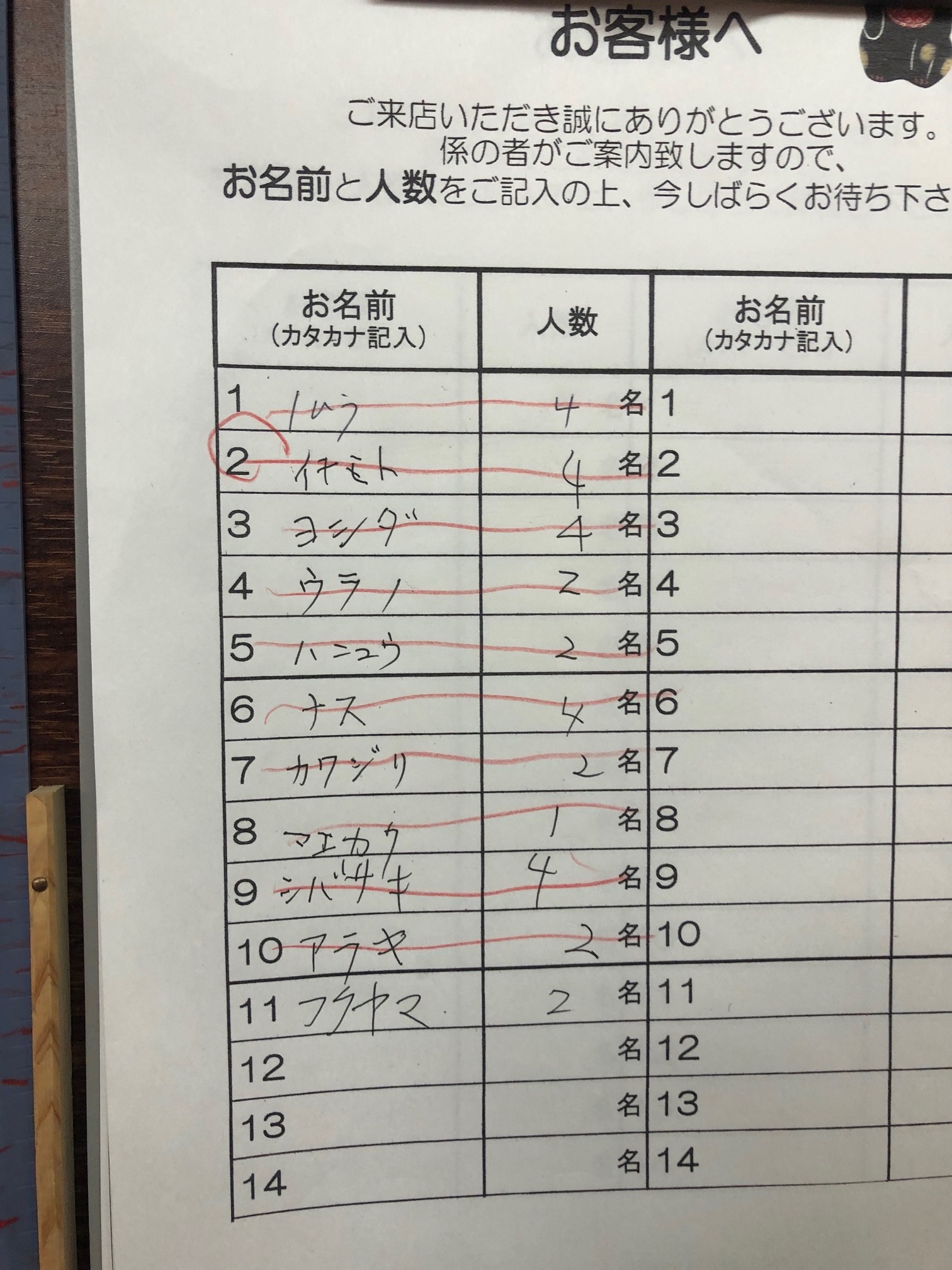Archive for Language and food
Ingredients of Chinese rice crackers translated by GT phone camera device
Have you tried the Google Translate app on your phone? It has a camera tool that automatically translates text that you point it to, but it looks like it needs some work for Mandarin…
I tried to translate a bag of chinese rice crackers using google translate and these are some of the ingredients it gave me pic.twitter.com/cWIghhrWOs
— Claire!!!!!!! (@awkwardfoxes) February 10, 2021
Read the rest of this entry »
Persian peaches of immortality
When I visited Samarkand about 35-40 years ago (before digital days), I ate some of these luscious, mythic peaches:
Read the rest of this entry »
Spinach: the Persian vegetable
The other day, when we were discussing where Napa cabbage came from, Diana Shuheng Zhang mentioned to me that the Chinese word for "spinach", bōcài 菠菜, indicates that it came from Persia. She's usually right about such things, and she was in this case too:
From earlier 波斯菜 (bōsīcài), from 波斯 (Bōsī, “Persia”) + 菜 (cài, “greens, vegetable”).
where bōsī 波斯 is obviously a transcription of "Persia":
Borrowed from Old Persian (Pārsa).
Middle Sinitic: /puɑ siᴇ/
(source)
Read the rest of this entry »
Napa cabbage
It's one of my favorite vegetables. Delicious prepared in so many different ways (in soups, stir fried, I even use it for salads). And it almost never goes bad — I can keep it in my frig for a month or more. Plus, it looks nice — aesthetically pleasing, with its exquisite shades of light green blending into white and crêpe-like crisp and crimped, delicate texture of the upper portions of the soft, frilly leaves next to glistening, gleaming, smoothly rounded surfaces of the basal rosette.
Quick question: what's the first thing you think of when you hear the name "Napa cabbage"? Write it down now before clicking to the second page of this post.
Read the rest of this entry »
Soused noodles / face
[This is a guest post by Nathan Hopson]
An unfortunate cultural misunderstanding has occurred in the attached image:
Read the rest of this entry »
Lucky eating you
Sign at a shop in Changzhou, Jiangsu, specifically at the Computer City mall:
Read the rest of this entry »
Proto-Indo-European laks- > Modern English "lox"
From the time I began the systematic study of the language family in the summer of 1990, I have known that the word "laks-" ("salmon") is important for the early history of Indo-European, yet I felt that something was not quite right about the claims put forward in this article:
"The English Word That Hasn’t Changed in Sound or Meaning in 8,000 Years: The word lox was one of the clues that eventually led linguists to discover who the Proto-Indo-Europeans were, and where they lived."
Sevindj Nurkiyazova, Nautilus, May 13, 2019
Read the rest of this entry »
Juicy chicken
Mark Swofford sent this photograph of a dish on a menu in a Taiwanese restaurant chain:
Read the rest of this entry »
Old Japanese mochi shop name
The wording on the noren of the mochi shop featured in this article caught my eye:
"This Japanese Shop Is 1,020 Years Old", By Ben Dooley and Hisako Ueno, NYT (12/2/20):
Read the rest of this entry »
Permalink Comments off
Herrgottsbescheisserle
I assigned this book to my class on the Silk Road:
The Silk Road: A Very Short Introduction, by James A. Millward (Oxford: Oxford University Press, 2013)
I noticed that it bore the following dedication, one of the most peculiar and eye-catching I've ever encountered:
For Herrgottsbescheisserle and all their cousins
It looked German, but not standard German. I could see "God's" at the beginning and "shitter" near the end. So I asked Jim Millward what it meant. He replied:
It's a dumpling–a friend told me about them: god-cheaters, since the meat is in the dumpling, God can't see it, so you can eat it on Fridays is the idea behind the name. I don't know German, but I verified the word with a bunch of sources, to my satisfaction. Looking now at it I do see "scheisse" as a root which even I recognize as "shit," so I hope I didn't commit a vulgarity, albeit in the descent obscurity of a learned language.
I can't help with the etymology, but the general "roughly translated as little god foolers" idea seems pretty common. You can check with a German speaker. My point was to dedicate the book to dumplings, since I'd had the whole manti discussion in the book–which you helped me with.
Read the rest of this entry »
Be dank / donk mich
Yesterday morning I ate breakfast at a Cracker Barrel in Canton, Ohio and in mid-afternoon I had an early dinner at a Dutch Pantry off Route 80 in Pennsylvania. When the waitress gave me the bill, I noticed that she had written "Be Dank mich!" on the back of it. There was also what looked to be like the Chinese character shé 舌 ("tongue"), some scribbled Korean, and another script at the bottom that I didn't take time to examine closely (they kept the check and I was in a hurry to get home before midnight).
Read the rest of this entry »






